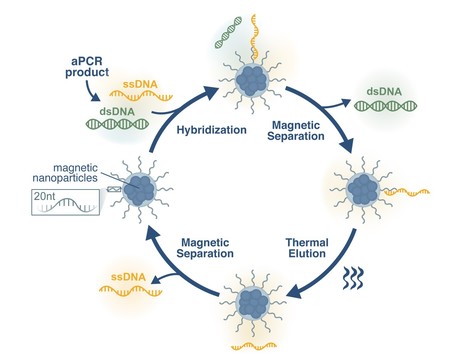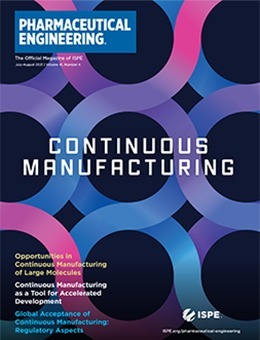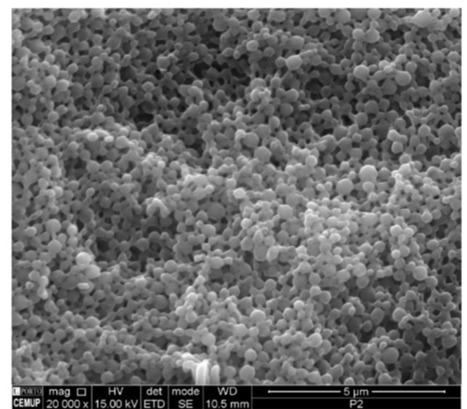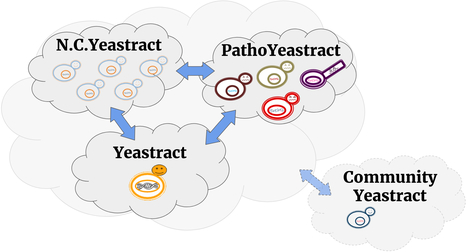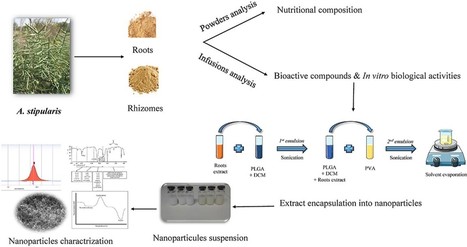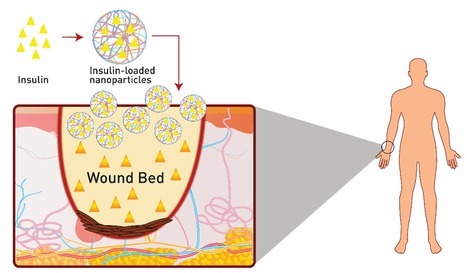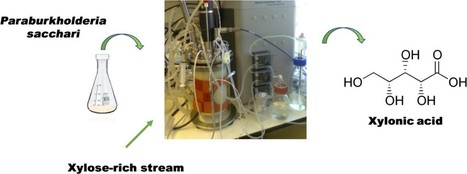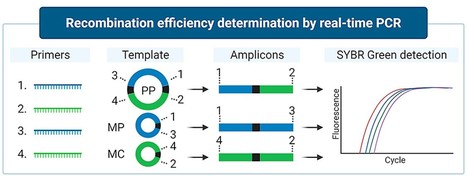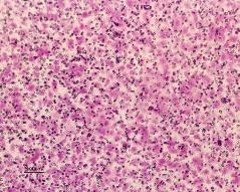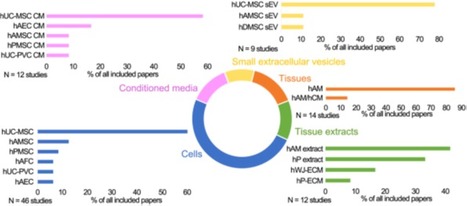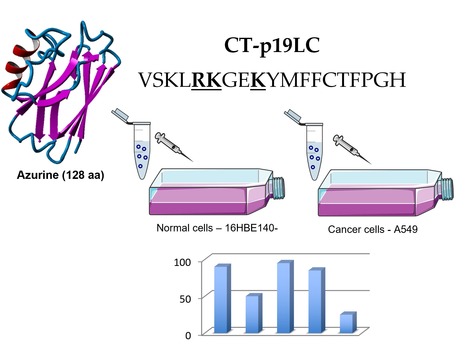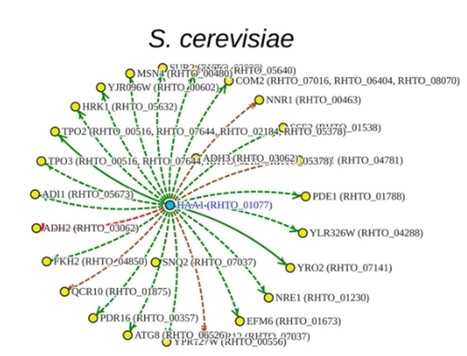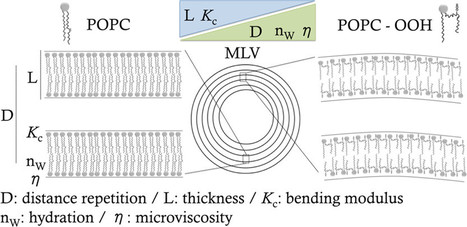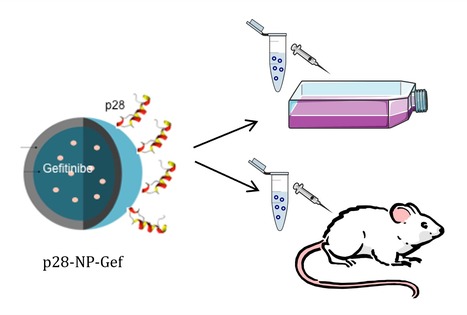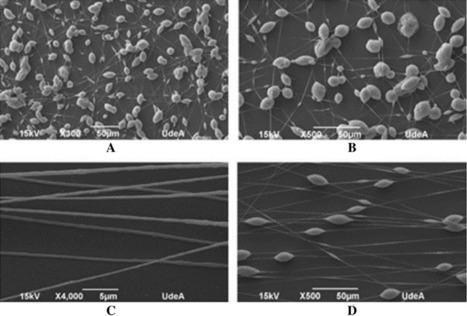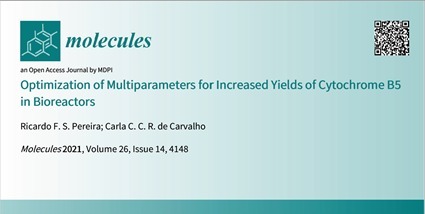
The economic competitiveness of yeast-mediated bioprocesses in Chemical Biotechnology requires high tolerance of industrial strains to the multiple stresses that occur. Among the mechanisms used by yeast to overcome those deleterious effects is the activity of plasma membrane transporters involved in multidrug/multixenobiotic resistance (MDR/MXR). A new review article on these still poorly characterized transporters belonging to the MFS and the ABC Superfamily in yeasts of biotechnological relevance has just been published. The reported role of specific transporters in increasing the secretion of metabolites and other added-value bioproducts is also highlighted. The review article is co-authored by the BSRG-iBB researchers Isabel Sá-Correia and Cláudia P. Godinho and was published in the journal Current Opinion in Biotechnology (special Issue: Chemical Biotechnology 2022).



 Your new post is loading...
Your new post is loading...


